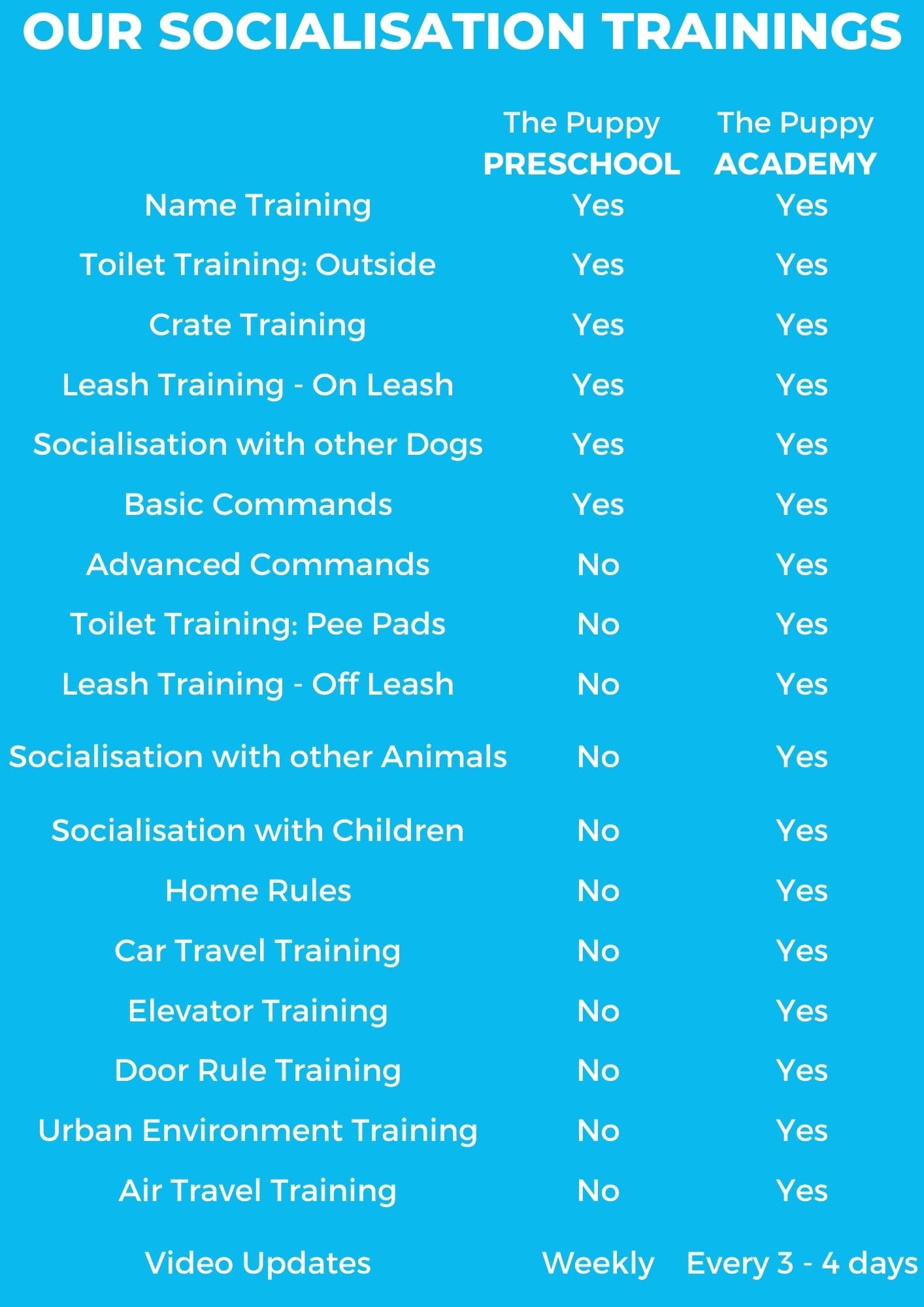Vomiting in dogs and how to manage it.
You’re in the living room, mop in hand. You gag as you catch a waft of the acrid fumes that have been roaming around your living room for the better part of the morning. You try your best not to contribute to the mess. Your dog has been throwing up for the whole morning you don’t fancy cleaning up after the both of you. Pride wells up inside of you as you control your primal instincts, and keep this morning’s breakfast where it belongs. It’s important that you don’t ruin your newly laid parket wooden floorboards any further. However, the most important and immediate issue is how to help your dog.
Is vomiting dangerous?
Vomiting can happen for many different reasons. It is normal for dogs and cats to occasionally vomit. Some dogs eat garden plants on purpose with the intent to vomit and clear their stomach from anything that is bothering them. Other dogs can be particularly protective of their food; when these dogs are forced to share the house with other dogs they end up competing for food. It is very common for these dogs to gobble up their lunch as fast as possible, only to throw it up somewhere safe and quiet in order to enjoy their meal in peace. All these behaviours are normal and there is no reason to alarm oneself no matter how disgusting this behaviour is.
However, there are times where vomiting is a sign of ailment. If left unmanaged, vomiting can lead to further complicate the dog’s condition. The stomach produces hydrochloric acid that is essential for the proper breakdown and digestion of food. During vomiting, the stomach contents along with the gastric juices are heaved up and leave the body. This not only irritates the oesophagus of the dog but if it happens enough times this ends up depleting the body of the different ions that maintain the normal acidity of the dog’s body. This results in a state called metabolic acidosis. The body of the dog will try to compensate for the change in normal body acidity through mechanisms carried out by the kidneys and lungs. However, when the vomiting is severe, the compensatory mechanisms do not manage to keep up with the demand, and the body becomes more alkaline affecting the different metabolic processes around the body adversely. If the dog is constantly vomiting the dog will also not be able to keep much food and water within its system. This will make the dog weak and lethargic and might also put the dog at risk of dehydration.
What can we do to help ease the effects of vomiting in our dog?
It’s best to keep your dog clean and lying on its side. If the dog is too weak to stand up and is already lying on its side, make sure that the dog’s head is not elevated. This is done in order to avoid the inhalation of vomit into the respiratory system that might result in suffocation or pneumonia that will eventually further complicate the dog’s condition. If the bouts of vomiting persist, it is best to take your dog to a veterinarian. Until then one can provide the dog with frequent opportunities to drink. Add electrolytes to the water in order to help the dog replenish the ions it lost through vomiting. This will give you enough time to take your dog to the veterinary clinic safely.
The veterinarian will have to examine the dog to assess the nature of the problem that is causing the dog to vomit. Depending on the source of the problem the veterinarian might decide to administer anti emetic drugs. These drugs will help supress the dog’s impulse to vomit and therefore greatly help with the recovery of the dog. The veterinarian might also decide to administer physiological saline or ringer lactate solution with vitamins subcutaneously. This is a more efficient way to rehydrate a dog suffering from dehydration. Ringer lactate or glucose solution does not only hydrate the dog, but also provides the dog with an immediate source of energy that bypasses the digestive system. It is best to leave such procedures in the hands of the veterinarian unless you have previous experience treating your animal using these methods, or unless indicated otherwise and instructed by the veterinarian.






















